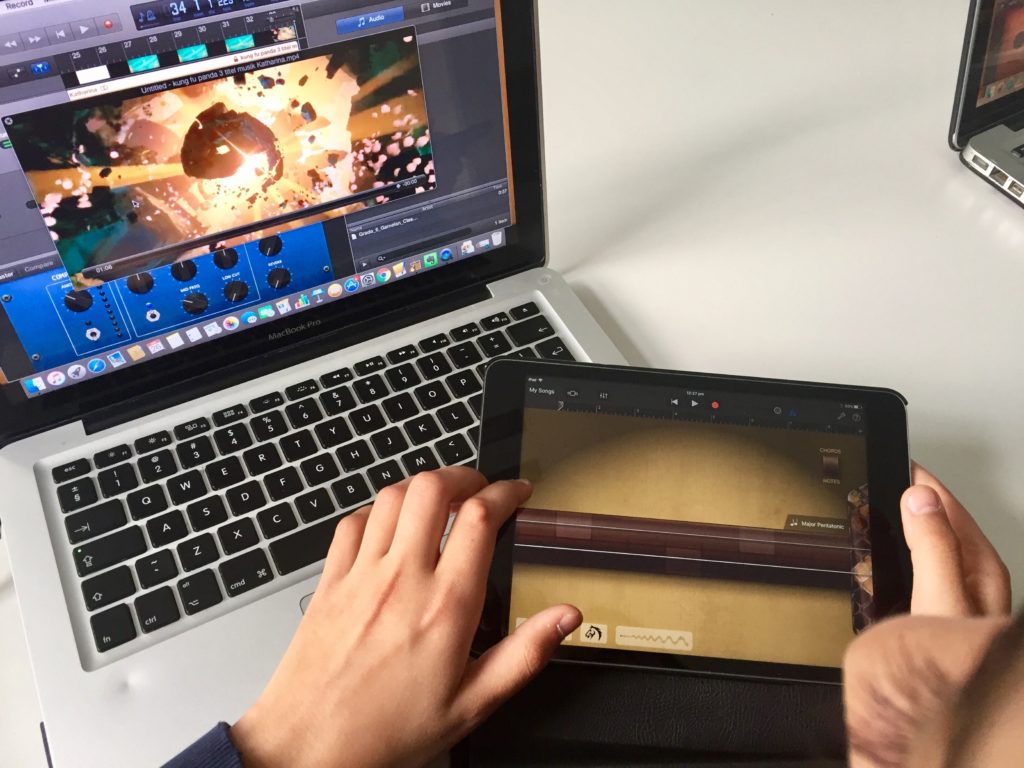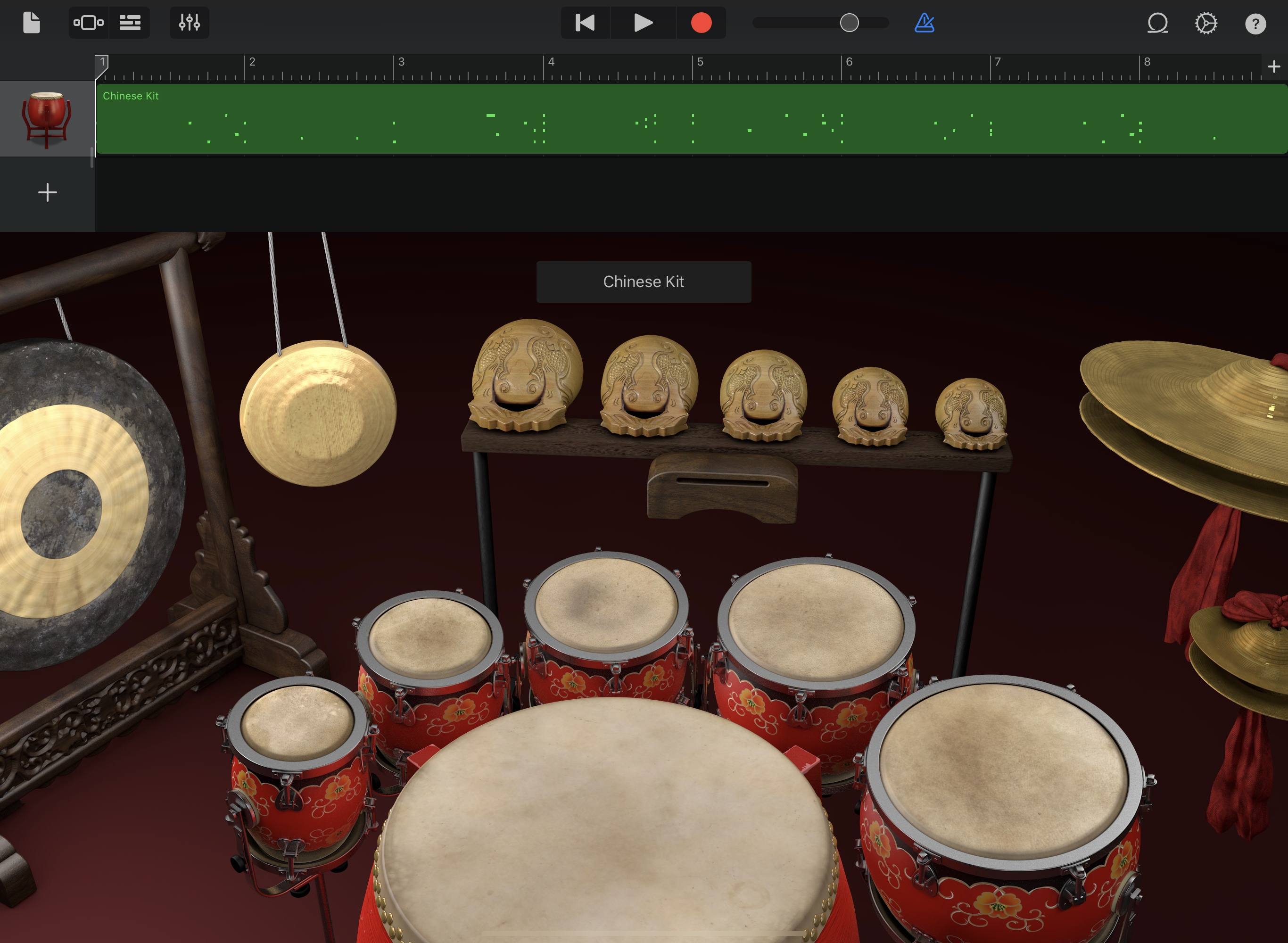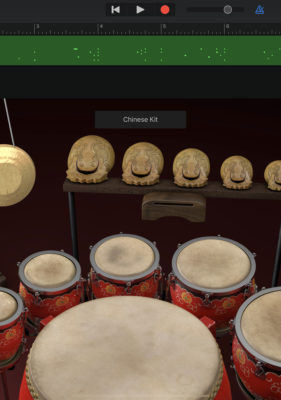GarageBand, first introduced at Macworld 2004 by Steve Jobs and John Mayer, just gets better every year. I remember buying different orchestral and world instrument packs just to program lesson examples for my students to work beyond MIDI sounds. Now we have a complete Chinese Drum Kit ready to download, with curated Hip Hop, EDM and Synth instruments. The power of using GarageBand in Music Education has only begun and this post will serve as a quick refresher, or deep dive, into some special music-making techniques you can use right now with GarageBand in 2020.

Garageband is more than a musicians tool. Yes, it allows you to compose and work with musical instruments like never before. But it can also be fantastic for podcasting, a languages recording device, a drama and theatre sound-effects board, contribute to a visual-arts installation, allow you to record different takes on poems in English class or even serve as an audio-diary for a learning portfolio. Whatever your use of GarageBand, the flexiblity of working with this program has changed my music classroom every year. There are now new instruments and packs to download, ways of integrating other music applications and the suite of creative apps from Apple (iMovie, Keynote etc) provide more inter-connectivity with each update. Below are some introductory Tips & Tricks that you can use to get started!
- Experiment with Live Loops and download some of the packs to get creating
- Use a notation app like Symphony Pro and share the MIDI to GarageBand
- Explore the Sampler instrument
- Send your creations from other music apps into GarageBand
Just to live that moment again, I am sharing John Mayer on stage, demonstrating GarageBand:

